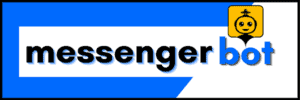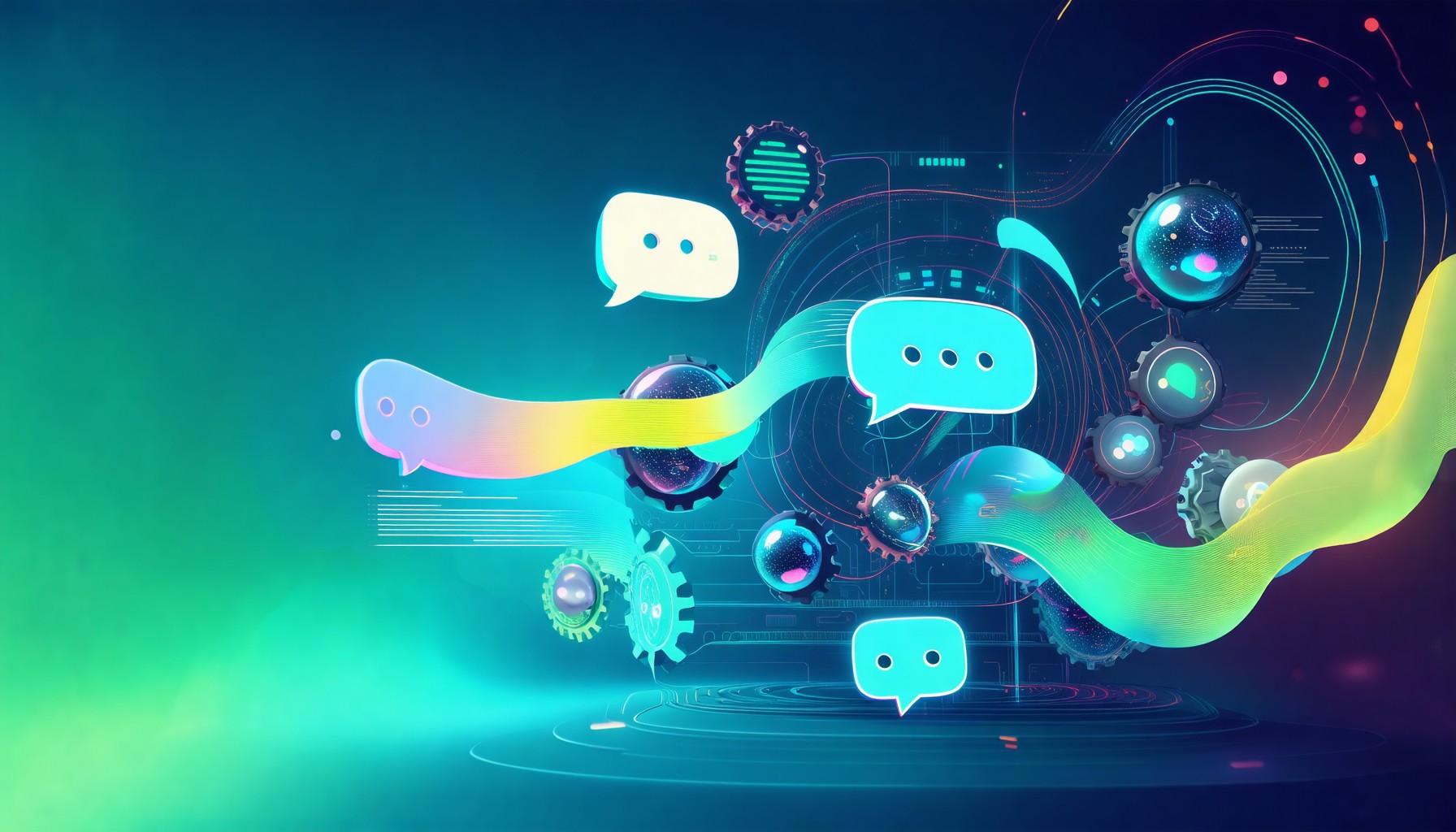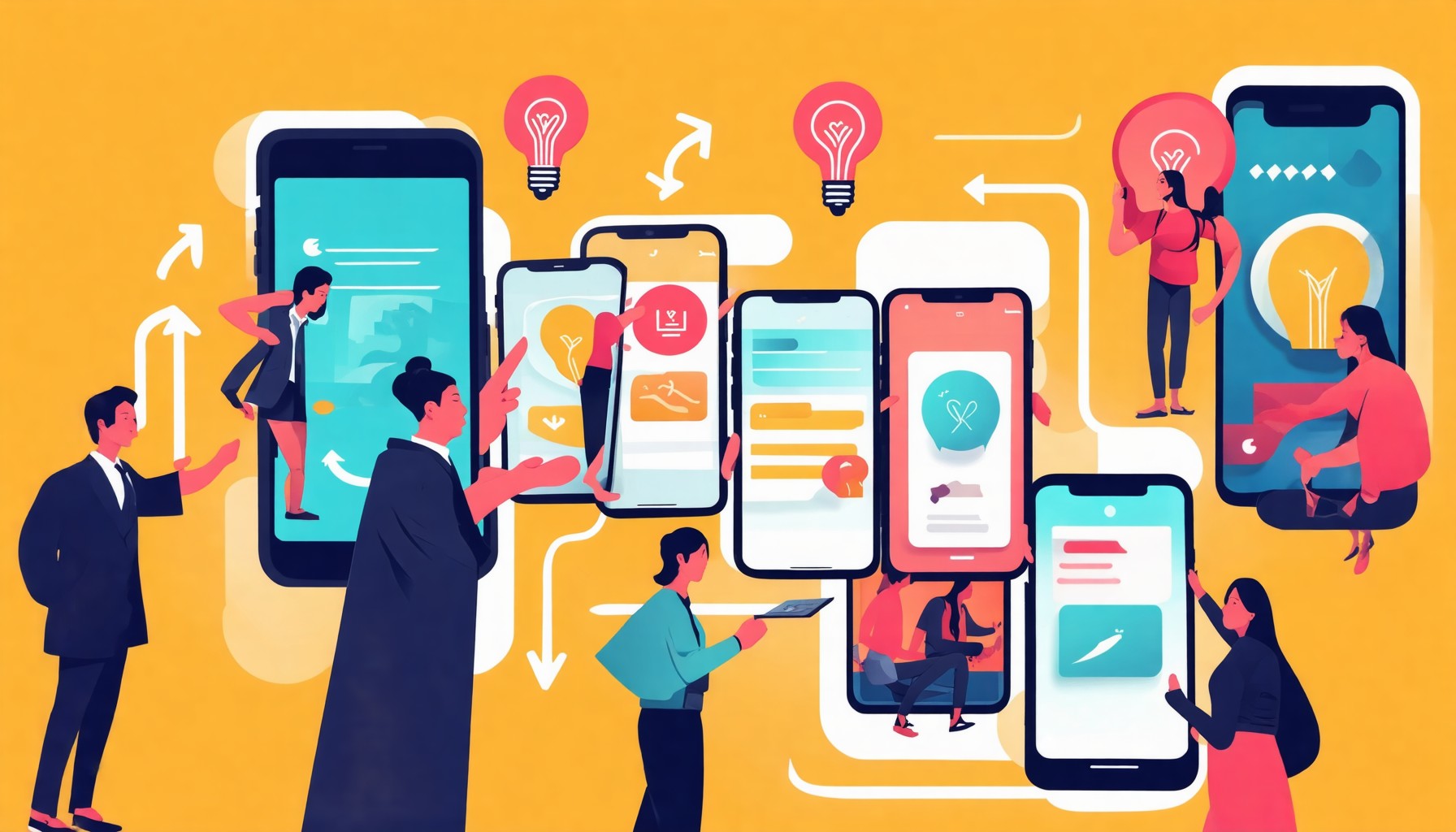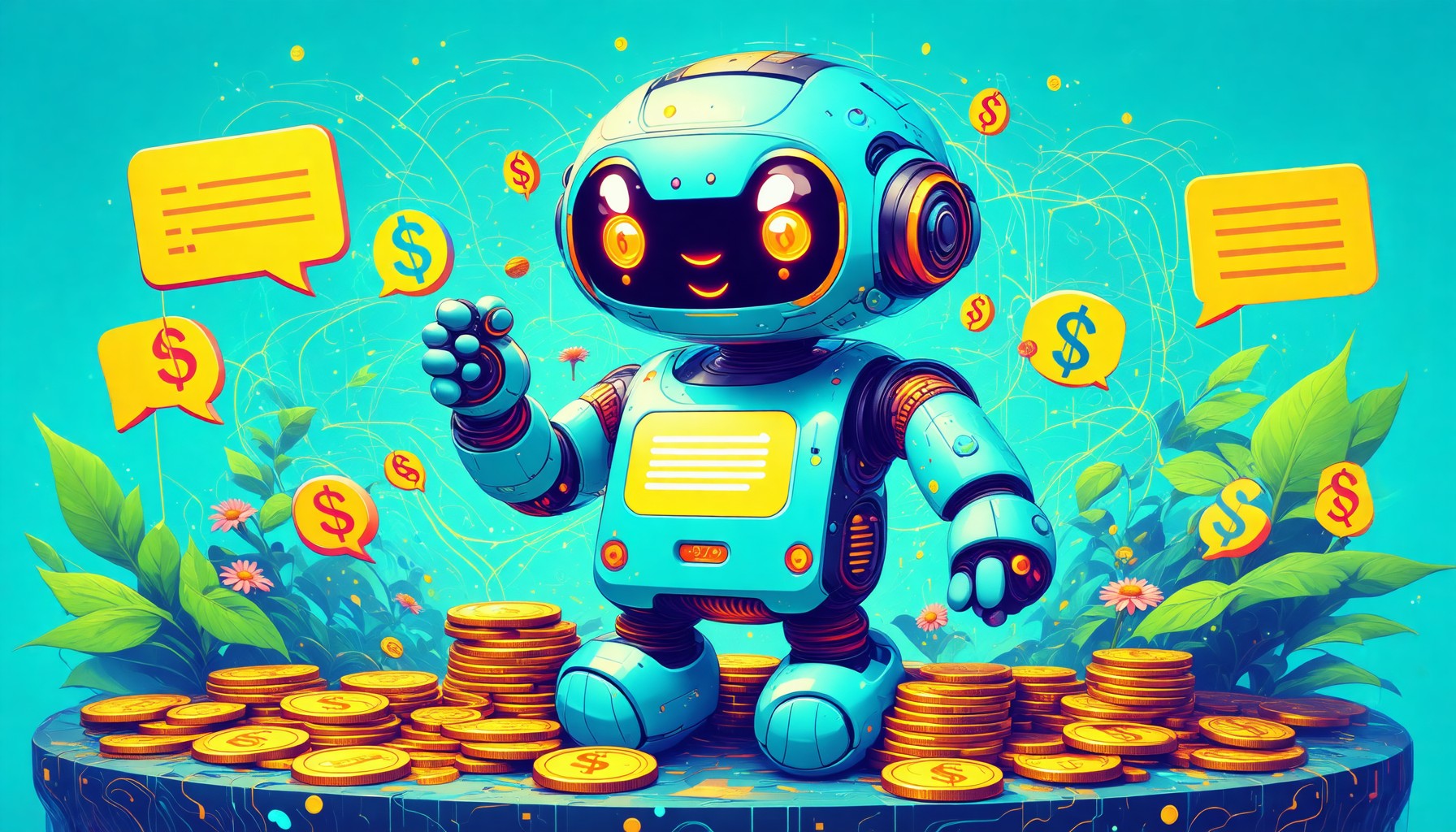Key Takeaways
- Master Chatbot Conversation Design: Learn essential strategies to create engaging user interactions that enhance satisfaction and loyalty.
- Utilize Templates: Streamline your design process with a chatbot conversation design template for effective planning and implementation.
- Focus on User Experience: Improve user engagement by structuring conversations that minimize confusion and enhance clarity.
- Apply the Narrowing Principle: Guide users effectively through conversations by limiting choices and progressively narrowing down options.
- Certification Benefits: Earning a conversational design certificate boosts career opportunities and showcases your expertise in chatbot interactions.
- Career Opportunities: Explore diverse roles such as chatbot designer and conversational AI designer in a growing job market.
In today’s digital landscape, mastering chatbot conversation design is essential for creating engaging user interactions that drive satisfaction and loyalty. This article delves into the fundamentals of chatbot conversation design, exploring its significance in enhancing user engagement and providing a seamless experience. We will guide you through the process of designing a chatbot with a step-by-step approach, including the use of a chatbot conversation design template for efficiency. Additionally, we will showcase successful chatbot examples across various industries, highlighting best practices that can inspire your own designs. As we navigate through essential skills required for a conversation designer job, we will also discuss the narrowing principle of conversation design and its application in creating effective chatbot flows. Finally, we will touch on the benefits of earning a conversational design certificate and provide insights into salary trends for conversational designers. Join us as we unlock the secrets to effective chatbot conversation design and empower your journey in the realm of conversational AI design.
What is chatbot conversation design?
Chatbot conversation design is the art and science of crafting interactions between users and chatbots. It involves creating a structured dialogue that allows users to engage with the chatbot effectively, ensuring that their needs are met while providing a seamless experience. By focusing on the nuances of human conversation, chatbot conversation design aims to mimic natural interactions, making it easier for users to communicate with artificial intelligence systems. This process encompasses various elements, including understanding user intent, designing conversation flows, and implementing feedback mechanisms to enhance user satisfaction.
Understanding the Basics of Chatbot Conversation Design
At its core, chatbot conversation design revolves around understanding how users interact with technology. This includes recognizing common user queries and anticipating their needs. A well-designed chatbot conversation flow should guide users through their inquiries while providing relevant information and options. Key components of effective chatbot conversation design include:
- User Intent Recognition: Identifying what the user wants to achieve during the interaction.
- Conversational Flow: Structuring the dialogue to facilitate smooth transitions between topics and responses.
- Response Design: Crafting replies that are clear, concise, and contextually appropriate.
- Feedback Mechanisms: Implementing ways for users to provide input on their experience, which can be used to refine the chatbot’s performance.
Utilizing a chatbot conversation design template can significantly streamline this process, allowing designers to visualize and plan effective interactions.
Importance of Chatbot Conversation Design in User Engagement
Effective chatbot conversation design plays a crucial role in enhancing user engagement. A well-structured conversation can lead to higher satisfaction rates, increased user retention, and improved overall interaction quality. When users feel understood and valued during their interactions, they are more likely to return and recommend the service to others. Key benefits of strong chatbot conversation design include:
- Improved User Experience: A thoughtfully designed conversation flow minimizes frustration and confusion, leading to a more enjoyable interaction.
- Higher Conversion Rates: Engaging conversations can guide users toward desired actions, such as making a purchase or signing up for a newsletter.
- Brand Loyalty: Positive interactions foster trust and loyalty, encouraging users to engage with the brand beyond the initial conversation.
By focusing on the principles of conversational design, businesses can create chatbots that not only respond to inquiries but also build meaningful relationships with users, ultimately driving success in their digital communication strategies.

How to design a chatbot?
Designing a chatbot involves a strategic approach that ensures effective communication and user engagement. A well-structured chatbot conversation design can significantly enhance user experience, making it essential to follow a systematic process. Below, I outline a step-by-step guide to designing a chatbot, along with the benefits of utilizing a chatbot conversation design template for efficiency.
Step-by-Step Guide to Designing a Chatbot
- Define the Purpose: Start by identifying the primary function of your chatbot. Is it for customer support, lead generation, or providing information? Clear objectives will guide the conversation flow.
- Understand Your Audience: Research your target users to tailor the chatbot’s language and tone. Knowing their preferences will help in crafting relevant responses.
- Map Out the Conversation Flow: Create a chatbot conversation flow chart that outlines potential user interactions. This visual representation helps in organizing the dialogue structure.
- Design the User Interface: Focus on creating an intuitive user interface that complements the conversation design. A well-designed chatbot UI enhances user engagement and satisfaction.
- Develop and Test: Implement the chatbot using a suitable platform, ensuring to test it thoroughly. Gather feedback and make necessary adjustments to improve the conversation experience.
- Launch and Monitor: After launching, continuously monitor interactions to identify areas for improvement. Use analytics to refine the chatbot’s performance over time.
Utilizing a Chatbot Conversation Design Template for Efficiency
Using a chatbot conversation design template can streamline the development process. Templates provide a structured framework that simplifies the creation of conversation flows, allowing for quicker iterations and modifications. Here are some advantages of using a template:
- Consistency: Templates ensure uniformity in responses and interactions, which is crucial for maintaining brand voice.
- Time-Saving: Pre-defined structures reduce the time spent on planning and designing, enabling faster deployment of the chatbot.
- Best Practices: Many templates incorporate industry best practices, helping to enhance user engagement and satisfaction from the outset.
- Easy Customization: Templates can be easily tailored to fit specific business needs, allowing for flexibility while maintaining a solid foundation.
By following these steps and utilizing a chatbot conversation design template, you can effectively design a chatbot that meets user expectations and drives engagement.
What are some examples of chatbot?
Chatbots have become integral to various industries, enhancing user engagement and streamlining communication. Here, we explore successful chatbot examples across different sectors, showcasing their unique functionalities and benefits.
Successful Chatbot Examples in Various Industries
1. Healthcare: Chatbots like IBM Watson Assistant provide patients with immediate responses to health inquiries, appointment scheduling, and medication reminders. These chatbots improve patient engagement and reduce administrative burdens on healthcare providers.
2. E-Commerce: Companies like Salesforce Service Cloud utilize chatbots to assist customers with product inquiries, order tracking, and personalized recommendations. This enhances the shopping experience and drives sales.
3. Customer Support: Microsoft AI Lab offers chatbots that handle customer service inquiries, providing 24/7 support and freeing human agents to tackle more complex issues. This leads to improved customer satisfaction and loyalty.
4. Travel: Chatbots like those found in various travel booking platforms help users find flights, book hotels, and provide travel updates, making the planning process seamless and efficient.
These examples illustrate the versatility of chatbots and their ability to enhance user experiences across different industries.
Analyzing Chatbot Conversation Examples for Best Practices
To design a chatbot effectively, it’s crucial to analyze successful chatbot conversation examples. Here are key takeaways from these analyses:
- Personalization: Successful chatbots tailor responses based on user data, creating a more engaging experience. For instance, chatbots that remember user preferences can offer personalized recommendations.
- Clear Conversational Flow: A well-structured chatbot conversation flow ensures users can navigate easily. Implementing a conversational flow chart helps in visualizing user interactions.
- Quick Responses: Users expect immediate answers. Chatbots that provide quick, relevant replies enhance user satisfaction and reduce frustration.
- Feedback Mechanisms: Incorporating options for users to provide feedback on their experience can help refine chatbot interactions and improve overall performance.
By studying these chatbot examples, designers can adopt best practices that lead to successful implementations and satisfied users.
What skills are needed for a conversation designer job?
In the rapidly evolving field of chatbot conversation design, possessing the right skills is crucial for success. A conversation designer plays a pivotal role in creating engaging and effective interactions between users and chatbots. Here are the essential skills needed for a conversational designer job:
- Understanding of User Experience (UX): A solid grasp of UX principles is vital. This includes knowing how users interact with chatbots and what makes for a seamless experience. Familiarity with designing an effective chatbot UI can enhance user satisfaction.
- Proficiency in Conversational Design: Knowledge of how to structure conversations is essential. This includes creating chatbot conversation flow diagrams and understanding how to guide users through interactions effectively.
- Technical Skills: Familiarity with chatbot development platforms and tools is important. Understanding how to create your own AI chatbot can be a significant advantage.
- Analytical Skills: The ability to analyze user interactions and feedback helps in refining chatbot scripts and improving overall performance. This includes reviewing chatbot conversation examples to identify best practices.
- Creativity: Crafting engaging and relatable chatbot dialogues requires a creative approach. This skill is crucial for developing unique chatbot reply messages that resonate with users.
Essential Skills for a Conversational Designer Job
To excel in a conversational designer job, one must blend technical knowledge with creativity. Here are some specific skills that are particularly valuable:
- Storytelling Ability: The capacity to weave narratives into chatbot interactions can enhance user engagement. A well-crafted story can make a chatbot feel more human-like and relatable.
- Familiarity with AI and Machine Learning: Understanding the basics of chatbot artificial intelligence examples and how they function can help designers create more intelligent and responsive bots.
- Communication Skills: Effective communication is key in collaborating with developers, marketers, and stakeholders to ensure the chatbot meets business goals while providing a great user experience.
- Adaptability: The field of conversational design is constantly changing. Being open to learning new tools and methodologies is essential for staying relevant.
Exploring Conversational Design Jobs and Career Opportunities
The demand for skilled conversational designers is on the rise as businesses increasingly adopt chatbots for customer engagement. Here are some career opportunities in this field:
- Chatbot Designer: Focuses on creating and optimizing chatbot interactions, ensuring they are user-friendly and effective.
- Conversational AI Designer: Works on integrating AI technologies into chatbot designs, enhancing their ability to understand and respond to user queries.
- UX Researcher: Conducts user research to inform chatbot design decisions, ensuring that the final product meets user needs and expectations.
- Content Strategist: Develops the content that chatbots will use, ensuring it aligns with brand voice and user expectations.
As the landscape of conversational design jobs continues to evolve, professionals in this field can expect to find numerous opportunities across various industries, from e-commerce to healthcare.
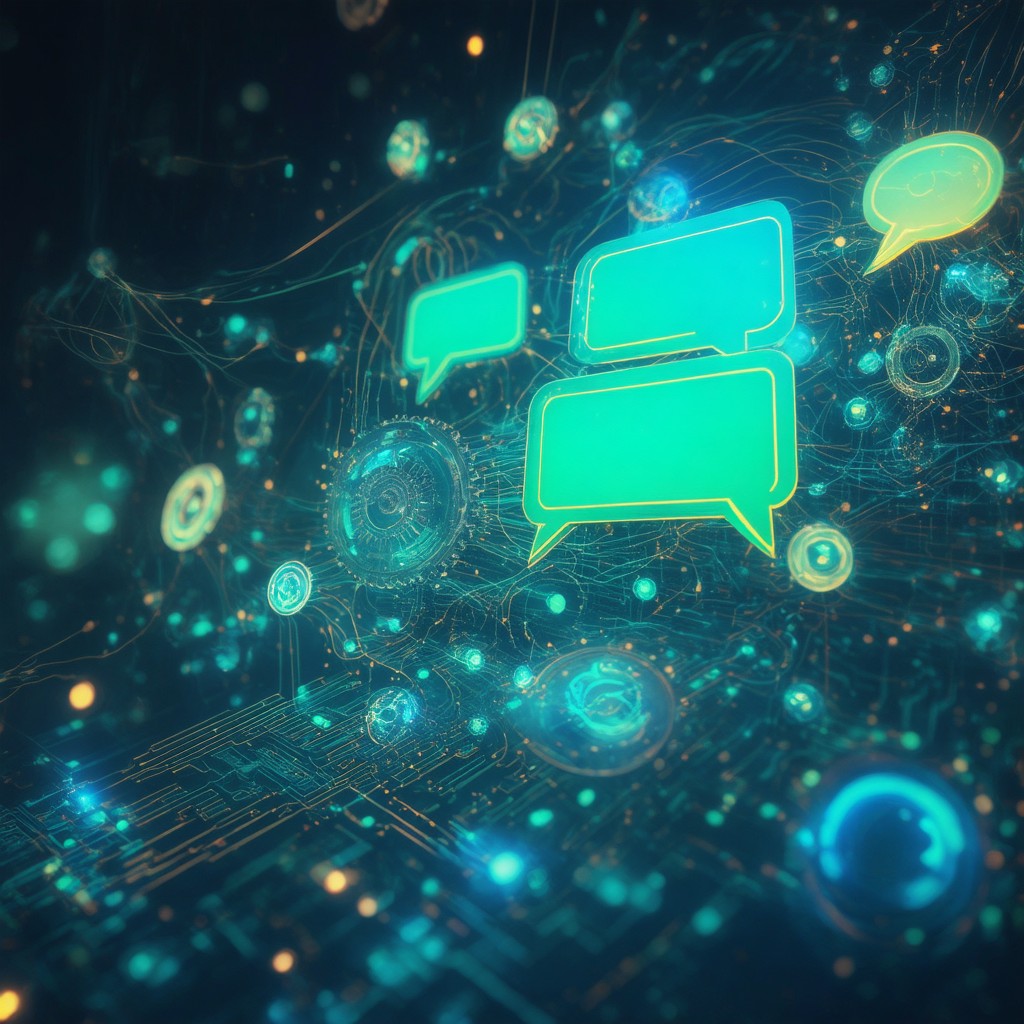
What is the narrowing principle of conversation design?
The narrowing principle of conversation design is a fundamental concept that focuses on guiding users through a streamlined interaction process. This principle emphasizes reducing the number of choices presented to users at any given time, thereby minimizing cognitive overload and enhancing user experience. By narrowing down options, a chatbot can effectively lead users toward their desired outcomes without overwhelming them with too many choices. This approach is particularly crucial in chatbot conversation flow, where clarity and simplicity are paramount.
Understanding the Narrowing Principle of Conversation Design
At its core, the narrowing principle involves structuring conversations in a way that progressively filters user inputs. For instance, when designing a chatbot, it’s essential to start with broad questions and gradually narrow down the options based on user responses. This method not only enhances engagement but also increases the likelihood of achieving successful interactions. By implementing this principle, designing a chatbot becomes more intuitive, allowing users to feel guided rather than lost in a sea of options.
Applying the Narrowing Principle in Chatbot Conversation Flow
To effectively apply the narrowing principle in chatbot conversation design, consider the following strategies:
- Start Broad: Begin with general questions that allow users to express their needs without constraints.
- Use Conditional Logic: Implement conditional responses that adapt based on user inputs, guiding them toward more specific options.
- Limit Choices: Present a limited number of options at each step to prevent decision fatigue. For example, instead of offering ten services, narrow it down to three relevant options based on previous answers.
- Feedback Loops: Incorporate feedback mechanisms that allow users to refine their choices, ensuring they feel in control of the conversation.
By utilizing these techniques, you can create a more effective chatbot conversation flow that not only engages users but also drives them toward their goals efficiently. This approach is essential for enhancing user satisfaction and achieving the best chatbot experiences.
What is a conversational design certificate?
A conversational design certificate is a formal recognition of expertise in designing effective chatbot interactions and user experiences. This certification is increasingly sought after as businesses recognize the importance of skilled conversational designers in creating engaging and intuitive chatbots. By obtaining a conversational design certificate, individuals can demonstrate their proficiency in chatbot conversation design, enhancing their career prospects in the growing field of conversational AI.
Benefits of Earning a Conversational Design Certificate
- Enhanced Career Opportunities: With a conversational design certificate, you can qualify for various conversational designer jobs that are in high demand across industries.
- Improved Skills: The certification process often includes training on best practices for designing chatbot conversations, which can significantly improve your ability to create effective user flows.
- Networking Opportunities: Many certification programs offer access to a community of professionals, allowing you to connect with other chatbot designers and share insights and experiences.
- Increased Credibility: Holding a recognized certificate can enhance your credibility with potential employers, showcasing your commitment to the field of conversational AI design.
Recommended Conversation Design Courses for Aspiring Designers
For those looking to earn a conversational design certificate, several reputable courses are available:
- Brain Pod AI: Offers comprehensive training on chatbot conversation design and practical applications of AI in conversational interfaces.
- IBM Watson Assistant: Provides courses focused on building and deploying chatbots using their platform, ideal for understanding AI chatbot solutions.
- Dialogflow: Offers resources and tutorials for designing conversational interfaces, making it a great choice for those interested in conversational AI platforms.
- Messenger Bot Tutorials: Features a variety of guides on designing effective chatbots and mastering user interaction.
What is the salary for a conversational designer?
The salary for a conversational designer can vary significantly based on factors such as experience, location, and the specific industry in which they work. On average, a conversational designer salary ranges from $70,000 to $120,000 per year in the United States. Entry-level positions may start around $60,000, while experienced designers, especially those working with advanced chatbot artificial intelligence examples, can command salaries exceeding $150,000. Companies like IBM and Microsoft, known for their robust AI solutions, often offer competitive compensation packages for skilled conversational designers.
Overview of Conversational Designer Salary Trends
Recent trends indicate a growing demand for conversational designers as businesses increasingly adopt chatbots to enhance user engagement. The rise of AI technologies has led to a surge in job openings, with many organizations seeking professionals who can effectively design and implement chatbot conversation flows. According to industry reports, the demand for conversational design jobs is expected to grow by 20% over the next five years, reflecting the increasing reliance on automated communication tools.
Factors Influencing Chatbot Designer Salary and Job Market Demand
Several factors influence the salary of a chatbot designer, including:
- Experience Level: More experienced designers typically earn higher salaries due to their proven track record in designing chatbot conversations that enhance user experience.
- Industry: Industries such as finance, healthcare, and e-commerce often pay more for skilled conversational designers, as they require sophisticated chatbot examples to meet specific business needs.
- Location: Salaries can vary by geographic location, with urban areas and tech hubs typically offering higher compensation due to the cost of living and demand for talent.
- Skill Set: Proficiency in tools and technologies related to chatbot design, such as natural language processing and user experience design, can significantly impact earning potential.
